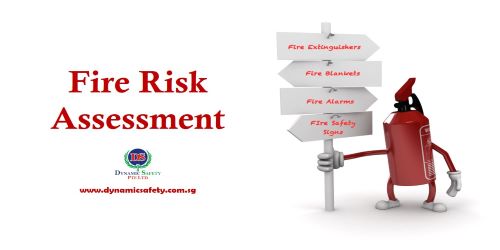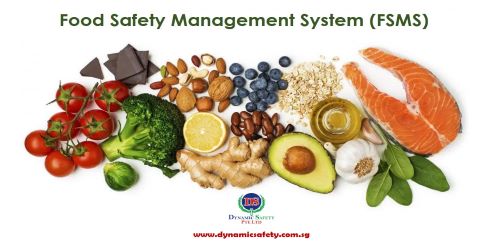



Blog

Who is Noise Control Officer?
13-Oct-2021 19:33 PMWho is Noise Control Officer? Noise Control Officer (NCO) means an employee of a local, county or regional health agency which is certified to the County Environmental Health Act to perform noise enforcement activities or an employee of a municipality with a Department-approved model noise control ordinance. The Noise Control Officer or Noise Control Investigator shall have the op
Read More
Lifting supervisor Responsibilities
13-Oct-2021 19:33 PMLifting supervisors appointed for tower or mobile cranes at the worksites must complete the Lifting Supervisors Safety Course conducted by an accredited training provider. They must also have relevant experience in lifting operations for at least one year. Responsibilities: coordinating and supervising all lifting activities in accordance with the Lifting Plan. briefing all lifting team membe
Read More
What is Fire Risk Assessment?
13-Oct-2021 19:32 PMA fire risk assessment must always be carried out by the person responsible, with a written record of it kept if the business employs five or more people. In order to carry out a fire assessment, the following steps must be taken: Identify the potential fire hazards – make a note of anything that could start a fire or easily burn, if found during the assessment Identify the people at ris
Read More
How is workplace noise measured?
13-Oct-2021 19:32 PMFor occupational hygiene purposes, the sound pressure level is measured to determine noise exposure. Various instruments and techniques may be used by the choice depend on workplace noise and the information needed. However, the first step is to determine if there is a noise problem in the workplace. This document briefly outlines the steps involved in noise measurement. The indicator
Read More
Food Safety Management System (FSMS)
13-Oct-2021 19:31 PMThe Cost of a Foodborne Illness to a Company Foodborne illnesses cost billions of dollars each year. The costs can be broken down as follows: – Loss of customers and sales – Negative media exposure – Loss of reputation – Lawsuits and legal fees – Increased insurance premiums – Staff missing work – Lower staff morale – Staff retraining costs A food s
Read More
OHSAS 18001 to ISO 45001:2018
13-Oct-2021 19:30 PMCompanies must migrate to the new standard by March 2021. ISO 45001 is an international standard, ensuring enhanced compatibility with other standards, such as ISO 9001 and 14001. It makes it easier to implement and integrate into a management system, giving increased value for users. If you are already applying OHSAS 18001, you will recognize most of the requirements in ISO 45001. However,
Read More
